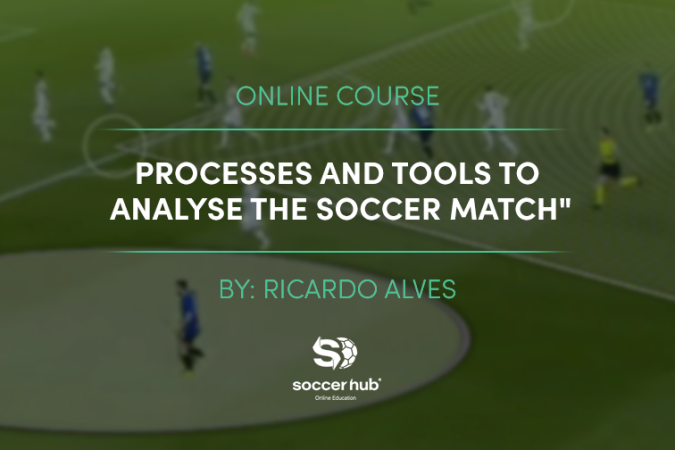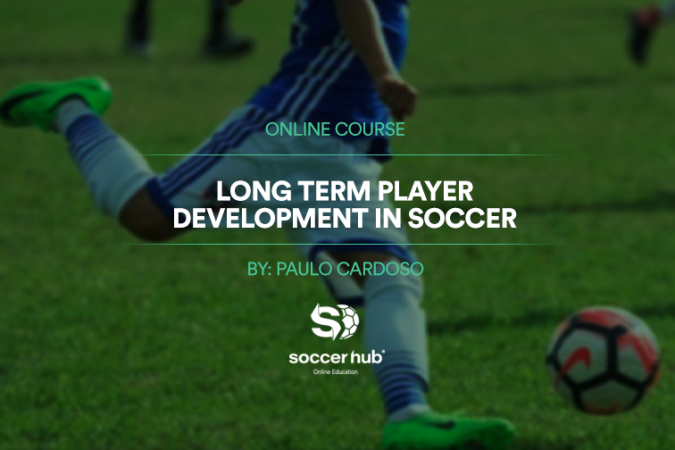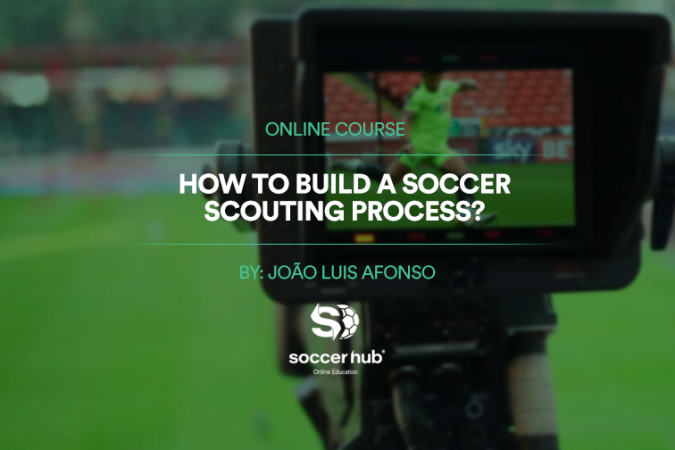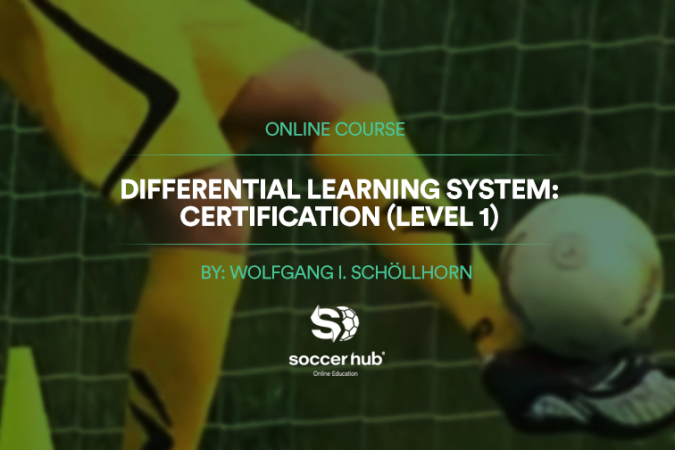How to monitor the training process in Soccer (Football)?
Online Course: How to monitor the training process in Soccer (Football)?
Monitoring the stress applied to the athletes using both internal and external load indicators is strongly recommended to maximize the training responses. Therefore, this course aims to introduce some of the latest findings of the use of the monitoring process to determine locomotor demands for performance development in both youth and adult soccer (football) players.
The velocity associated with maximum oxygen uptake is one of the main parameters utilized to plan interval or intermittent running-based exercises. However, different testing protocols can affect the maximal running velocity and, in turn, the physiological responses during exercises. Moreover, different soccer-specific drills such as small or large-sided games, positional drills, etc. are largely utilized to integrate technical, tactical, physical and psychological demands during training routines. Small or large-side games demands can be contextualized within official match requirements to maximize transfer to the game-like and performance goals. Additionally, the most demanding passages of official match play can help coaches and sports scientists to understand the maximal match intensities suggesting such practical applications.
These are some of the main topics introduced over the course.
Curriculum
- 5 Sections
- 31 Lessons
- 16 Weeks
- About the course1
- Velocity Associated with Maximum Oxygen Uptake9
- 2.1Introduction15 Minutes
- 2.2Different Testing protocol9 Minutes
- 2.3Effects of Different Testing Protocols15 Minutes
- 2.4Effects of Training Status on the Between-Protocol differences13 Minutes
- 2.5Submaximal Testing: Part 15 Minutes
- 2.6Submaximal Testing: Part 24 Minutes
- 2.7Submaximal testing: Part 33 Minutes
- 2.8Conclusions5 Minutes
- 2.9Downloadable documents
- Monitoring12
- 3.1Introduction6 Minutes
- 3.2Introduction to Internal and External load5 Minutes
- 3.3External load monitoring6 Minutes
- 3.4Internal Load monitoring4 Minutes
- 3.5Strength & Power monitoring6 Minutes
- 3.6Fatigue and Wellness monitoring10 Minutes
- 3.7Technical and Tactical monitoring6 Minutes
- 3.8Speed Threshold Approach9 Minutes
- 3.9Metabolic Power Approach4 Minutes
- 3.10Strength & Limits of Speed threshold and Metabolic Power Approach10 Minutes
- 3.11Relationship between Speed Threshold and Metabolic Power Approaches11 Minutes
- 3.12Downloadable documents
- Small-Sided Games8
- 4.1Internal Load Responses using Small-sided Games4 Minutes
- 4.2Effects of Small-Sided Games on Aerobic Fitness Development3 Minutes
- 4.3Effects of Pitch-Size on Technical Demands4 Minutes
- 4.4Effects of different Bouts Duration on Small-Sided Games Demands3 Minutes
- 4.5External Load Demands using Small-Sided Games in Youth and Adult Soccer Players6 Minutes
- 4.6Area per Player to replicate or overload Official Match Demands using Small-Sided games: Analysis and Implications for practice14 Minutes
- 4.7The Most Demandig Passages of Official Match-play: analysis and implications for practice12 Minutes
- 4.8Downloadable documents
- Take home message1

Andrea Riboli works as a sports scientist and strength & conditioning coach in professional soccer. He got a Ph.D. in sport sciences and he is an Adjunct Professor at the Università degli Studi di Milano where he teaches “match and training analysis”. He also leads research projects about training load management, fitness assessment and performance development in elite soccer players. The main aim of his work is to translate scientific data into practical and applied strategies for high-performance development.
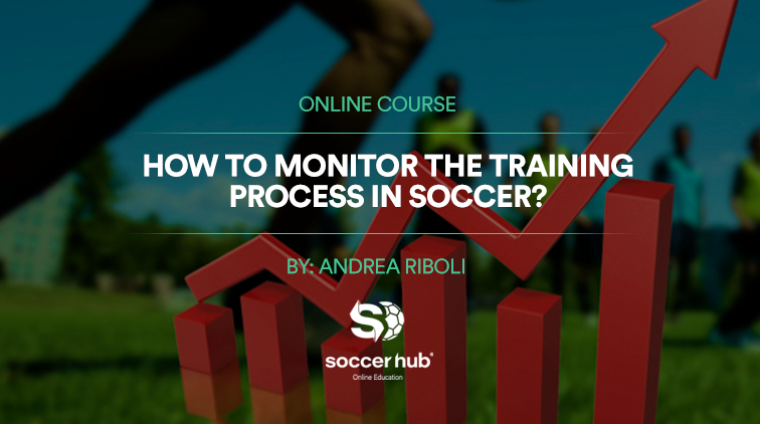
Courses you might be interested in
-
20 Lessons
-
27 Lessons
-
13 Lessons
-
24 Lessons
